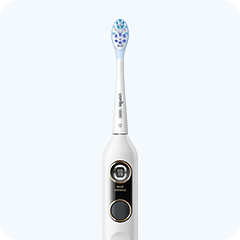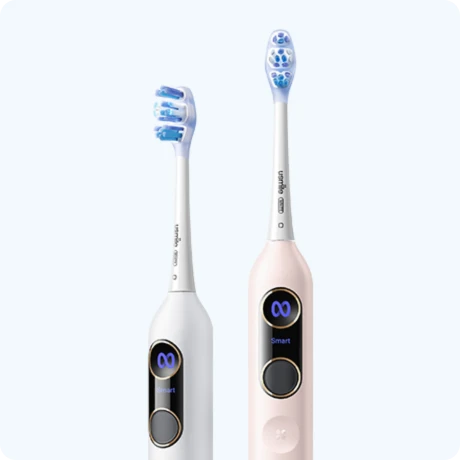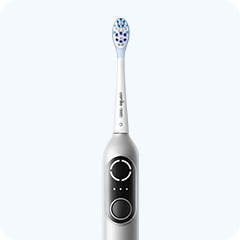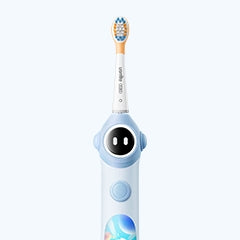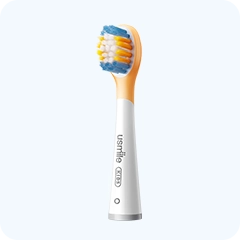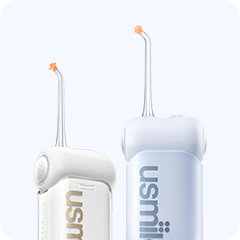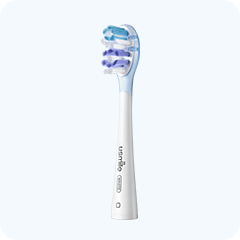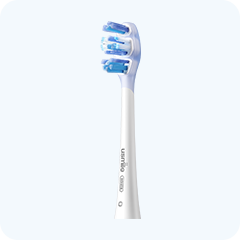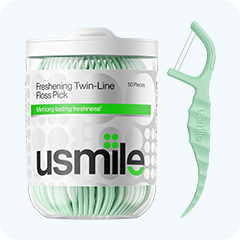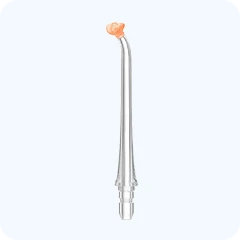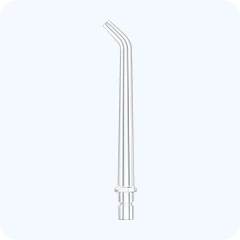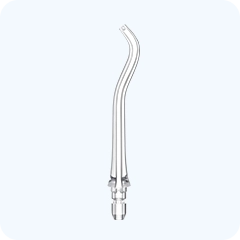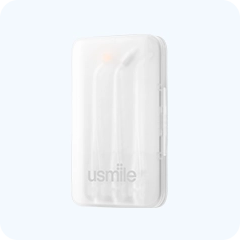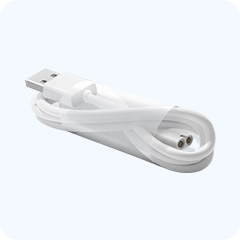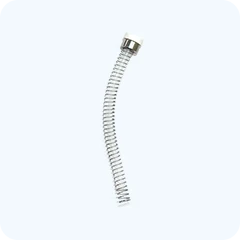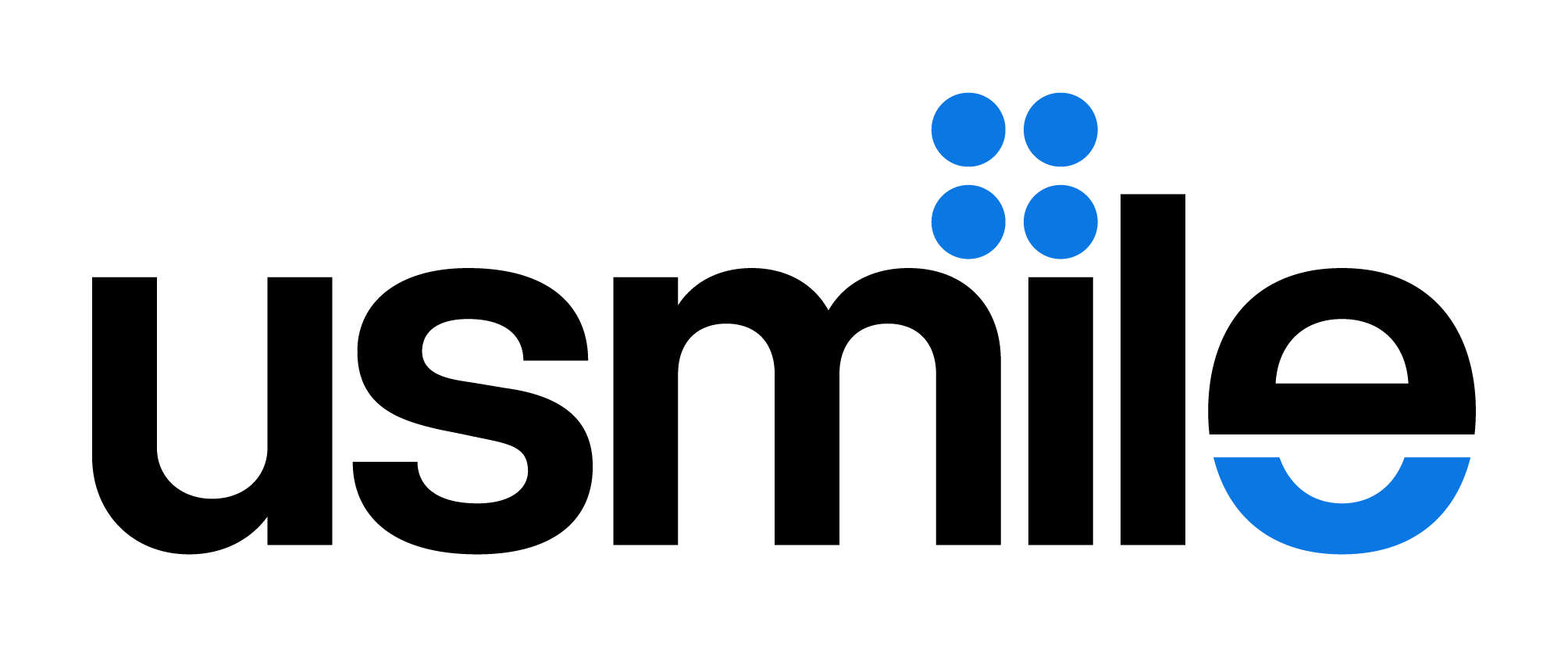Contrary to the popular belief that manual toothbrushes are gentler on teeth, electric toothbrushes are actually more effective at eliminating bacteria from the mouth without causing any harm to your oral health. In fact, electric toothbrushes can be considered the new lubricant for maintaining oral health.
Studies have shown that people who use electric toothbrushes experience improved gum health, fewer cavities, and longer-lasting teeth compared to those who opt for manual brushes. Electric toothbrushes can remove 21% more plaque than manual ones, making them a powerful tool for maintaining a healthy smile.
While facts and data may paint a neutral picture of electric toothbrushes, the science behind their functionality is often overlooked. In this blog, we explore how electric toothbrushes have earned their place on the oral health red carpet and found their way into every bathroom vanity.
Putting aside the impressive statistics, how do electric toothbrushes score a perfect 10 for efficiency? The answer lies in a combination of multiple factors— from sturdy construction to smart technology that powers various motions, making oral hygiene a simple task that delivers results.
To understand how electric toothbrushes work, let's first break down the different components that make up an effective electric toothbrush.
-
The Handle – The handle of the electric toothbrush encloses the internal mechanical components. It includes an on/off button and a battery life indicator. Its role is to protect the electrical components, such as the battery and circuit board, which must be kept safe from water.
-
The Motor – When powered on, the electric toothbrush's motor activates. Once the motor receives energy from the circuit board, it starts rotating and produces the brushing motion through the brush head. The motor's cams and gears allow the brush head to move in different directions. If your electric toothbrush has different modes, you can choose its movement style.
-
The Battery – Electric toothbrushes rely on their internal rechargeable battery to run. The battery provides the power necessary to rotate the motor inside the brush, effectively cleaning the teeth.
Battery life can vary depending on the model and the selected cleaning mode, with some modes draining more power than others. Many electric toothbrushes use rechargeable batteries that can be charged with an induction charger. Alternatively, some models use replaceable batteries, allowing you to swap them out when needed.
-
The Circuit Board – When you turn on your electric toothbrush or select a specific mode, you are essentially flipping a switch on the circuit board. These switches dictate how the motor operates.
Additionally, the circuit board may display battery status or the selected cleaning mode using LED lights. However, not all toothbrush models have these features; it depends on the specific brand and model.
-
Pressure Sensor – Some electric toothbrushes include pressure sensors that help monitor your oral health. Feedback is transmitted through the brush while you’re brushing.
If excessive pressure is applied to the teeth, the pressure sensor activates, usually indicated by an LED light. When pressure decreases, the light goes off, and the sensor deactivates.
-
Removable Brush Heads – Nearly every electric toothbrush comes with removable brush heads. This is because the bristles on the brush head wear down over time, reducing its effectiveness in cleaning the teeth and mouth.
Each brand of electric toothbrush has its own unique brush head design, and it is important to replace the brush heads regularly.
Electric toothbrushes clean teeth effectively by employing various rotating motions. They help remove plaque and reduce gum inflammation by gently stimulating the gums.
These brushes are especially beneficial for those with limited mobility, as they greatly reduce the effort required for thorough cleaning. While users still need to guide the brush, most of the cleaning work is done by the brush head itself.
After understanding the mechanical principles, let’s move on to our next topic of discussion: What are the different types of electric toothbrushes available?
Sonic Toothbrushes – Sonic toothbrushes are electric brushes that vibrate rapidly to remove plaque and thoroughly clean teeth. They operate at speeds ranging from 24,000 to 40,000 strokes per minute and can reach deeper areas, stimulating fluid flow between the teeth and gums. This technology helps prevent conditions like gum disease. Although users may initially feel a tickling sensation, sonic toothbrushes offer superior oral health benefits and fluid dynamics due to their higher speed.
Rotating Oscillating Toothbrushes – Rotating oscillating electric toothbrushes move back and forth at speeds of up to 8,800 strokes per minute. Their rotating heads clean teeth precisely without applying too much pressure.
The market is flooded with these two types of electric toothbrushes, each offering unique features to support your dental hygiene.
Sonic brushes are easy to use, while rotating brushes require more pressure and patience. There is no definitive research showing which type is better; it depends on your unique use case.
Electric toothbrushes excel at removing plaque by oscillating or rotating at higher speeds, making them particularly beneficial for people with difficulty removing plaque or those prone to gum disease. They fight gum inflammation by removing plaque and promoting gum health through improved circulation and massage effects.
When selecting an electric toothbrush, you may want to consider the following factors:
-
Brushing Modes – Look for a toothbrush with various modes, such as sensitivity, whitening, gum care, and deep cleaning, to meet your oral health needs.
-
Bristles – Choose soft bristles recommended by dental experts for gentle care of your teeth and gums.
-
Battery Life – Opt for a toothbrush with long battery life, ideally lasting at least a week, for convenience.
-
Size – Ensure that the toothbrush size fits your needs and is compatible with your teeth.
Additionally, you should explore other features of potential products:
- Motor power
- Two-minute timer
- Affordable replacement options
- Compatibility with a range of replacement brush heads
Final Thoughts
Contrary to what you might hear, electric toothbrushes do not take up a large portion of your budget. They are a cost-effective investment that will bring you a brilliant smile and healthy gums in the long run.
It's normal to feel reluctant to switch to a new brushing mode. Introducing new devices into our daily routine, even when they enhance our brushing experience, can feel somewhat excessive. Understanding the functions, mechanisms, and benefits of electric toothbrushes can help you make an informed decision. Consulting with dental professionals can further assist you in determining the best toothbrush type for your lifestyle.
With multiple cleaning modes, effective plaque removal, and built-in timers to enhance your brushing experience, electric toothbrushes have evolved from fancy gadgets into standard equipment for dental care professionals.
usmile Y10 PRO Best Electric Toothbrush
Powered by AI positional recognition, usmile Y10 PRO Electric Toothbrush pinpoints exactly where you missed, giving every area the attention it needs.
Eliminate guesswork with real-time feedback and personalized coaching so you can achieve 100% confidence in your oral care.
